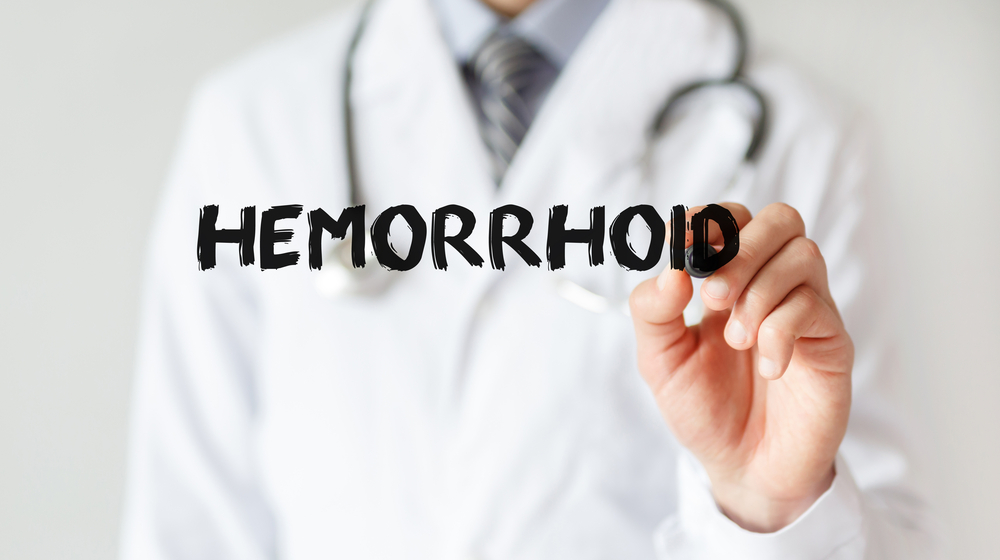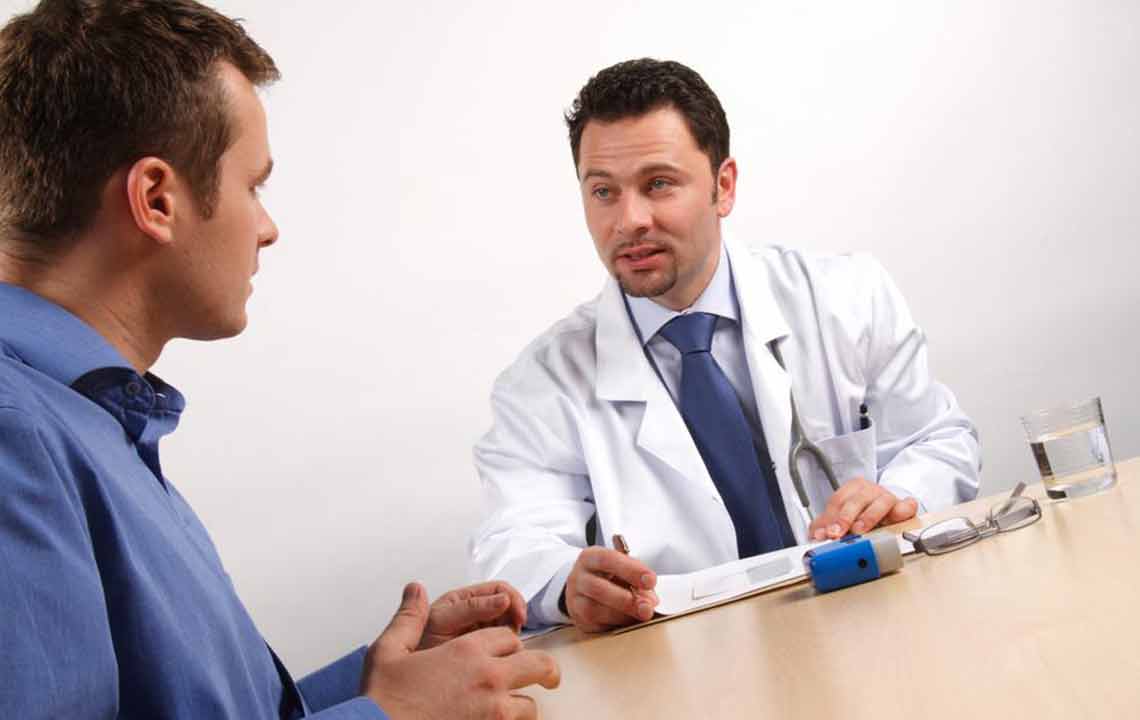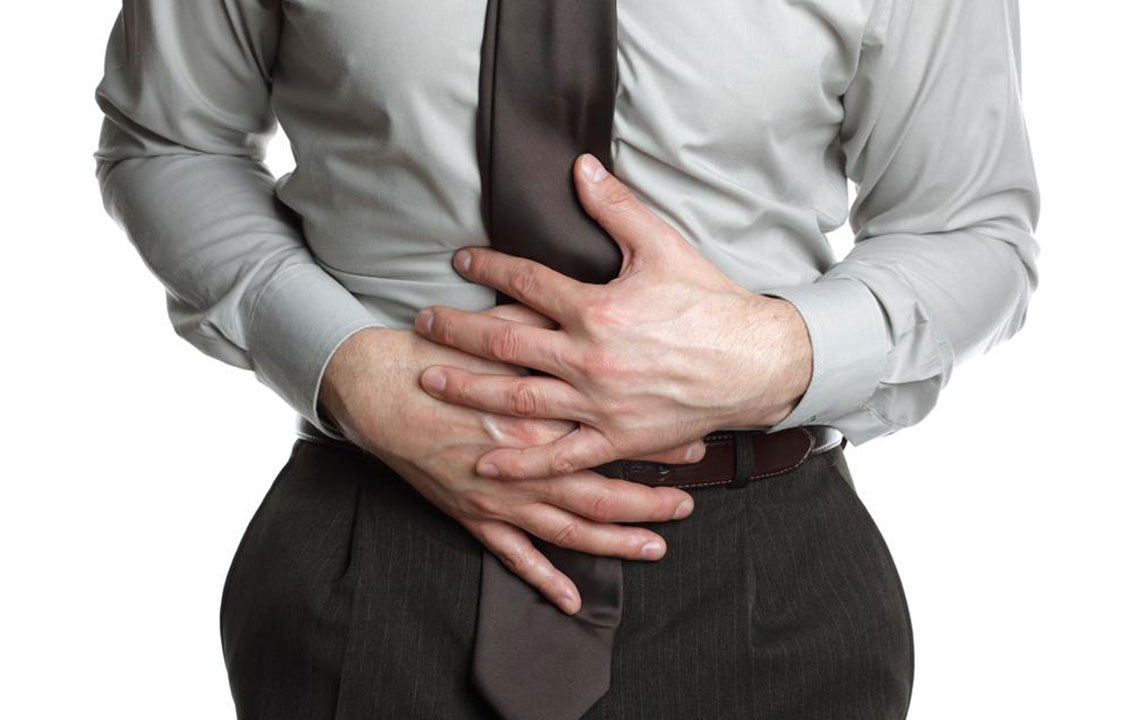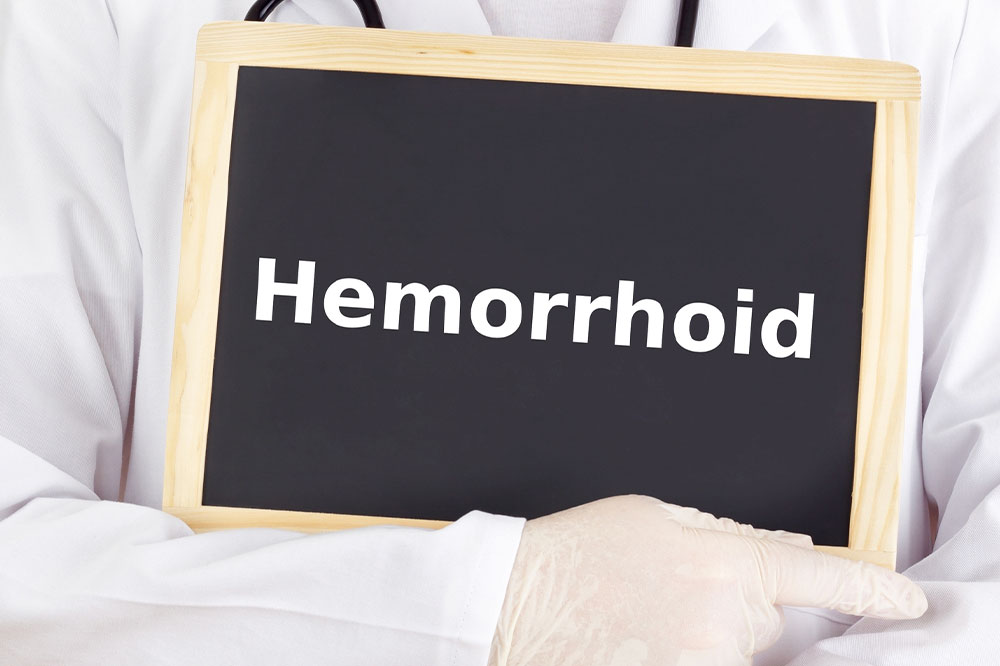Comprehensive Guide to External Hemorrhoids: Causes, Symptoms, and Treatment Strategies
This comprehensive guide explores external hemorrhoids, covering their causes, symptoms, and treatment options. It highlights preventive measures to reduce the risk and emphasizes prompt healthcare consultation for effective management. Suitable for individuals seeking detailed information on managing this common condition, the article offers practical advice and medical insights for alleviating discomfort and preventing recurrence.

Comprehensive Guide to External Hemorrhoids: Causes, Symptoms, and Treatment Strategies
Understanding External Hemorrhoids: Causes, Signs, and Effective Approaches
External hemorrhoids, or piles, develop when blood vessels near the anus swell and form lumps outside the anal opening. This condition often causes discomfort, itching, bleeding during bowel movements, and pain, especially during defecation. These hemorrhoids are located beneath the skin around the anus and can be painful due to numerous nerve endings in the area. Prompt management is important to alleviate symptoms and prevent complications.
This article provides detailed insights into what causes external hemorrhoids, their symptoms, and available treatment options.
What causes external hemorrhoids?
Increased pressure on the veins around the anal area is a key factor. This pressure causes the veins to stretch and protrude. Contributing factors include:
Hard bowel movements and straining
Persistent constipation
Diarrhea that persists over time
Pregnancy-related pressure
Extended sitting, especially on toilets
What symptoms indicate external hemorrhoids?
Symptoms can vary but typically include:
An uncomfortable sensation or pain around the anus
Itching or irritation near the anal area
Noticeable lumps or swelling
Blood on toilet paper or mixed with stool
Pain during prolonged sitting
If these signs appear together, consulting a healthcare provider is advisable for accurate diagnosis and appropriate treatment.
How are external hemorrhoids diagnosed?
Since symptoms can mimic other conditions, the doctor may perform:
Proctoscopy
Digital rectal exam
Colonoscopy
Anoscopy
Available treatments for external hemorrhoids
Treatment varies based on severity:
Mild cases often respond well to home remedies like cold packs, topical creams, and suppositories.
Severe cases may require surgical procedures such as hemorrhoid removal (hemorrhoidectomy) or laser and electrical coagulation techniques.
Non-surgical options such as rubber band ligation or sclerotherapy can also reduce hemorrhoid size effectively.
Preventive tips for external hemorrhoids
Prevention is preferable to treatment. Helpful strategies include:
Avoid straining during bowel movements
Use stool softeners or laxatives if constipated
Eat a high-fiber diet including whole grains, vegetables, and fruits
Maintain adequate hydration, consuming 8-10 glasses of water daily
Exercise regularly to keep a healthy weight
Respond quickly to the urge to defecate
Avoid sitting for long periods, especially on the toilet


